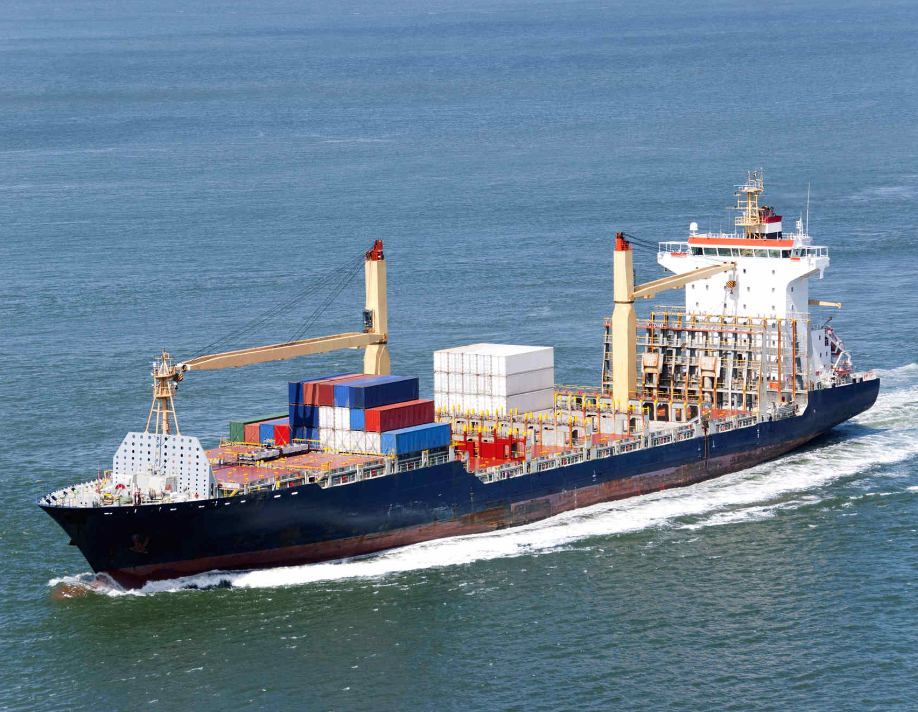由于进口需求的季节性增长和与劳动力相关的供应链中断,航空公司主要通过取消航班来管理运力,导致从亚洲到美国西海岸的集装箱现货运价上周继续走高,现货运价自6月份以来上涨了约50%。
商品季节性需求、对巴拿马运河的限制草案、温哥华和鲁珀特王子港近期劳工合同谈判期间的货物处理中断,以及最重要的空船,都推高了现货汇率。根据Platts的数据显示,过去一周亚洲西海岸的运价为每FEU 1,950美元,为去年10月以来的最高水平。

根据Sea-Intelligence Maritime Analysis的数据报告显示,今年7月,航空公司关闭了通往北美东西海岸总运力的近20%。这是自今年2月至4月以来的最高水平,当时进口量触及今年迄今的低点。
零售商和货运代理正准备迎接本周东行跨太平洋航线的另一次普遍运价上调(GRI),尽管上月开始的空港运力有所增加,但始于6月的反弹可能仍是短暂的。
法罗货运公司首席商务官大卫·贝内特David Bennett表示,今年春季,当进口量疲软时,承运人提供了客户所需要的集装箱舱位,即使数量超过了客户每周的配额。然而,从大约两三周前开始,运营商开始执行服务合同中包含的分配限制。任何超过分配的货物要么被转到后续航次,要么客户必须支付现货费率,或者对货运代理来说,支付比服务合同费率更高的各种运费(FAK)费率。
Bennett补充说,运营商还将在本周申请每FEU增加1000美元,即期汇率会变得相当高。承运商有信心使另一项 GRI 得以实施的一个很好的迹象是,他们严格要求客户遵守货物分配限额。托运人或货运代理的配载限额是其年度最低数量承诺(MQC)总额除以 52。
航空公司、货运代理和行业分析师表示,在经历了2020年底至2022年年中几乎连续两年创纪录或接近创纪录的进口量之后,去年年底和今年早些时候,跨太平洋地区的进口量出现了两位数的下降,如今,跨太平洋地区正在恢复大流行前几年的正常季节性起伏。这意味着进口量将在8月至10月达到峰值,并在11月和12月下降,这将限制现货汇率。
大型新集装箱船的涌入(主要用于亚欧贸易)将产生连锁效应,因为服务于亚欧贸易的较小船只将转向跨太平洋和其他贸易航线。这就是为什么货运代理和行业分析师预计,最近的即期汇率上涨可能是一段时间内的最后一次上涨,即期汇率预计将从11月开始走低。
货代网